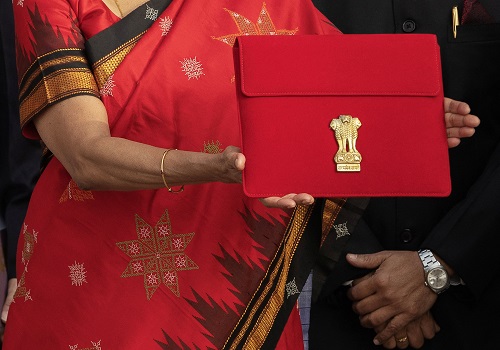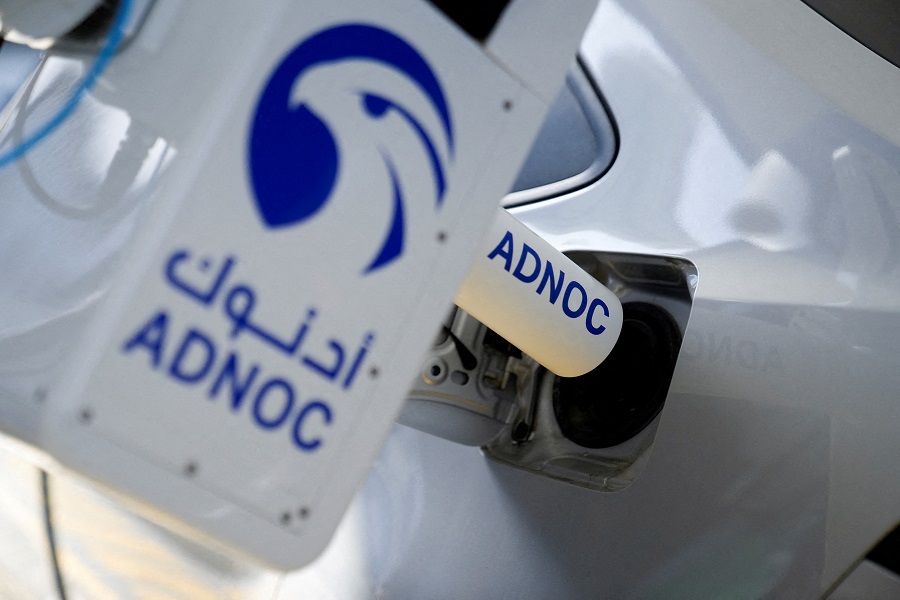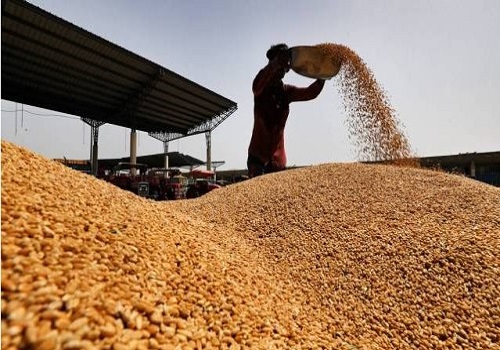2024 Crude Oil Market : Balancing Supply, Demand, and Geopolitics by Amit Gupta, Kedia Advisory

The year 2024 presented a highly volatile crude oil market, with Brent crude prices fluctuating between USD 65-80 per barrel. This movement was shaped by a combination of supply-side adjustments, weakening demand, and geopolitical uncertainties. While the oil market demonstrated its inherent resilience, it also underscored its susceptibility to structural and macroeconomic changes.
The year began with Brent crude trading firmly in the USD 75-80 range, supported by OPEC+ production cuts and a moderate supply deficit. Declining OECD stockpiles since mid-2023 further buoyed prices. Emerging markets like India exhibited strong energy demand, driven by economic growth, while China’s recovery from the pandemic-induced slowdown remained sluggish. These early cracks in global demand growth laid the groundwork for a shift in market sentiment.
By the second quarter, crude oil prices dropped to the USD 65-70 range as concerns about oversupply in 2025 and disappointing global demand dominated market narratives. China’s oil consumption fell by 0.3 million barrels per day in Q3 2024 compared to the previous year, significantly weighing on global demand projections. Similarly, consumption from mature economies like the U.S. and Japan fell short of expectations. Analysts revised global oil demand growth to 900,000 barrels per day, down from the earlier estimate of 1,050,000 barrels per day. The anticipation of a surplus of 0.8 million barrels per day in 2025, fuelled by rising U.S. shale production, further intensified bearish sentiment.
The second half of the year brought some stabilization, with prices hovering between USD 70-75 per barrel. OPEC+ played a critical role in maintaining this balance, carefully managing production to stabilize the market without losing competitiveness. While supply-side discipline provided a floor for prices, weak demand trends limited their upside. China’s economic recovery failed to gather momentum, and global consumption remained lacklustre. Even geopolitical risks, such as tighter U.S. sanctions on Iran and escalating tensions in the Middle East, provided only temporary price support as the market largely priced in an expected surplus.
Structural shifts in the energy market also took center stage in 2024. The rapid adoption of electric vehicles (EVs), particularly in China, reshaped demand dynamics. EVs accounted for 60% of total vehicle sales in China, and global EV adoption is projected to drag annual oil demand growth by 0.6 million barrels per day by 2026, up from 0.4 million barrels per day in 2024. Despite these headwinds, emerging markets with robust GDP growth continue to drive energy consumption, especially in transportation and industrial sectors, offsetting declines in developed economies.
As the year concluded, Brent crude was forecasted to trade within USD 65-80 per barrel in 2025. However, the risks of price deviations - either due to geopolitical disruptions or demand surprises - remain elevated. While weak demand and projected oversupplies suggest downward pressure on prices, OPEC+ adjustments and unforeseen supply shocks could create opportunities for short-term rallies.
In this dynamic environment, traders can leverage the NSE platform to navigate crude oil price volatility through various options strategies. Apart from straddles, strangles, and bear call spreads, strategies like iron condors, covered calls, calendar spreads, and protective puts provide robust tools to manage risk and optimize returns. These strategies allow traders to hedge against expected weaknesses, capitalize on price swings, and protect positions in the face of uncertain market conditions. By adopting these approaches, market participants can effectively tide over the challenges posed by increased volatility and strategically position themselves for the evolving dynamics of the crude oil market.
Above views are of the author and not of the website kindly read disclaimer

























